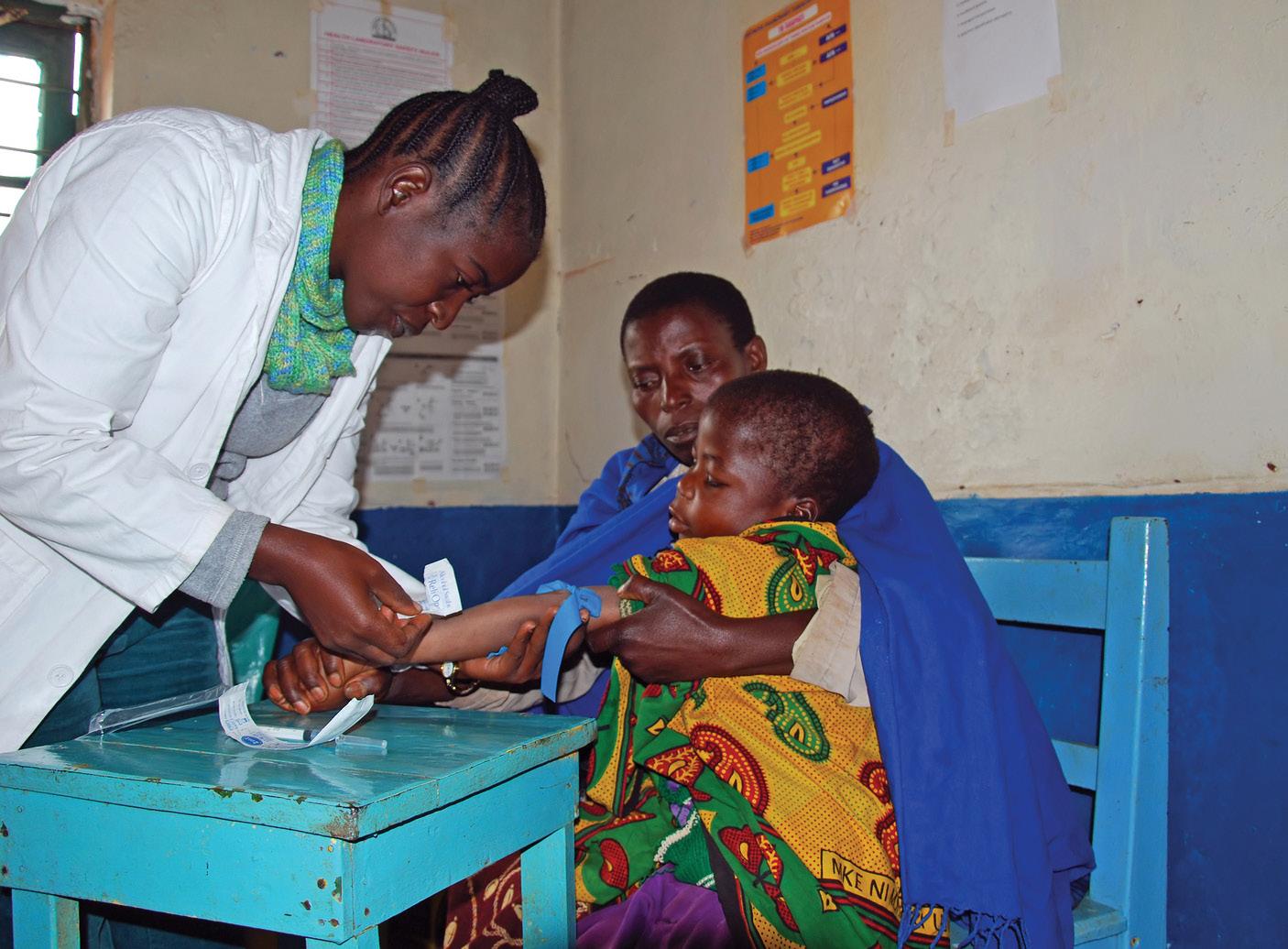EXECUTIVE SUMMARY
In this report, the Scowcroft Institute for International Affairs at The Bush School of Government and Public Service at Texas A&M University outlines eight priority areas and their accompanying recommended action items to address vulnerabilities in the current pandemic preparedness and response system. Collectively, they represent issues the international community should address in order to establish pandemic preparedness and response capabilities.
A. IMPROVING CAPACITY FOR EARLY DETECTION AND RESPONSE 1. Best Practices in Management of Animal Diseases
An estimated 75% of human disease pandemics start as disease outbreaks in animals that spillover into humans. Due to the highly complex and interconnected nature of disease spread, a One Health approach that links humans and animal disease surveillance is critical for early detection, response, and containment of outbreaks. A typical response to any report of disease is that the flocks and herds of diseased animals are ordered slaughtered or culled. Livestock producers and subsistence farmers, who are not able to access compensation when their animals are killed, are motivated to conceal diseased animals rather than report them. Despite its common use, however, culling can be challenging, especially in the austere environments of the developing world. To minimize these
Global Leadership at a Crossroads
5
















